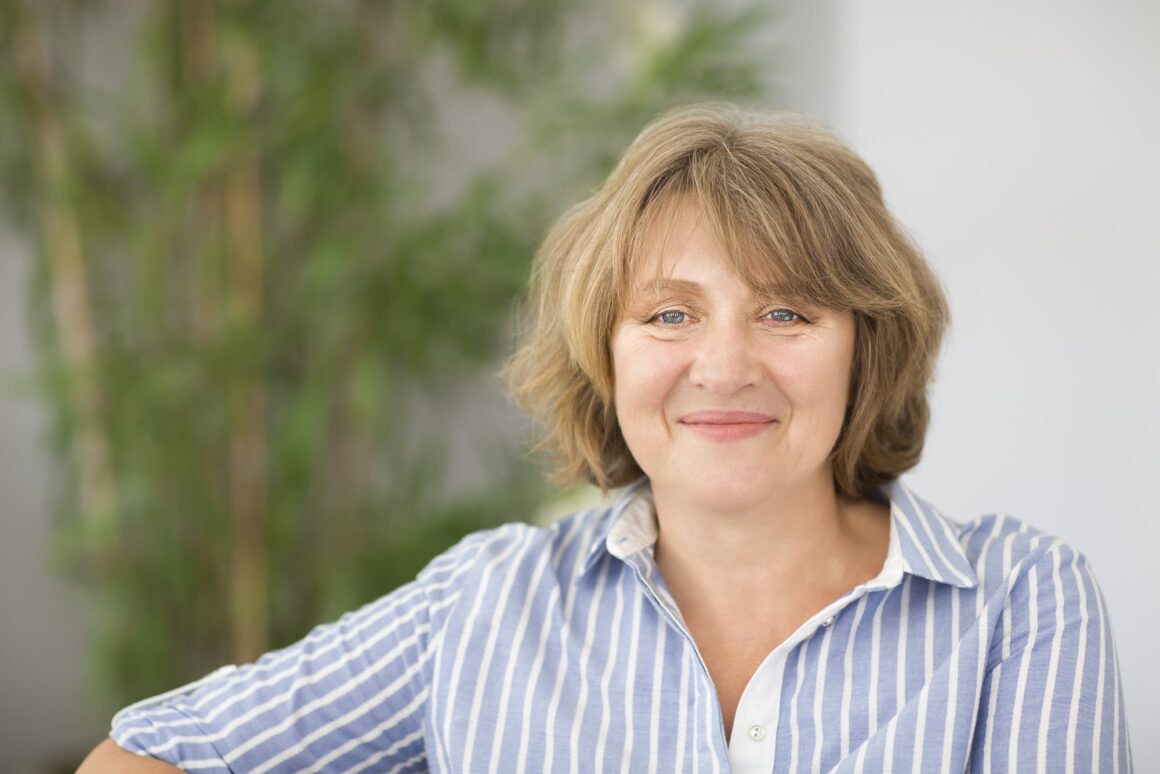
A Hysteroscopy is a procedure which is used to examine and explore the inside of the uterus, and to treat certain issues. This procedure is carried out using a hysteroscope – a thin telescope which has both a camera and a light on the end of it. This records images from inside your womb, which can then be viewed on a monitor by a doctor or nurse. It is used to both discover and treat conditions.
You may be put forward for this procedure if you are concerned that you may be suffering from fibroids or polyps. It can be used to diagnose and treat these, and also to treat certain other issues, such as repositioning intrauterine devices. This treatment may also be used to treat scar tissue which can result in absent periods, known as intrauterine adhesions.
As well as the above, other candidates for a hysteroscopy include those who suffer from heavy periods, pelvic pain, are finding it difficult to get pregnant, or experience bleeding post-menopause. It can also be used to discover other causes of vaginal bleeding or to diagnose why you have suffered multiple miscarriages.
This is, in most cases, an outpatient procedure. This means that you will not have to remain in hospital overnight. You may not even require an anaesthetic and if you do, this will usually be a local anaesthetic. A general anaesthetic would only be used during the treatment of a condition, or if general anaesthetic is your preference.
The hysteroscope enters your womb through your vagina, so there is no need for incisions to be made. The pain level of this varies wildly from woman to woman – some experience light discomfort, some find the experience very uncomfortable.
Overall, the procedure can take anywhere from five to ten and up to 30 minutes. This depends on whether you are simply undergoing an investigation, or you require further treatment.
You will be able to discuss the findings of your hysteroscopy treatment with your doctor or nurse directly after your procedure.
When recovering from the treatment, you can often return to your regular activities and work within a day or two, with some people able to do so even sooner. While you are recovering, you may eat and drink as usual, though you may experience some cramping and spotting. This could last for a few days but as long as it remains light, it isn’t something to be concerned about.
Sex should be avoided for a week after your hysteroscopy treatment, and bleeding should have stopped entirely. This helps to bring down any risk of infection.

Curious about whether
you’re in Perimenopause?
Perimenopause, which means ‘around menopause’, is the phase when the body readies itself for menopause. With over 34 symptoms like hot flushes, night sweats, increased anxiety, and brain fog, it can be tricky to pinpoint if you’re in perimenopause.
Complete our brief questionnaire and gain some clarity on your position in this transformative journey.
Book a Consultation
Reviews
Verified by 

